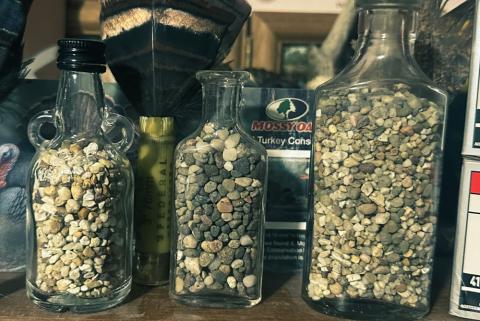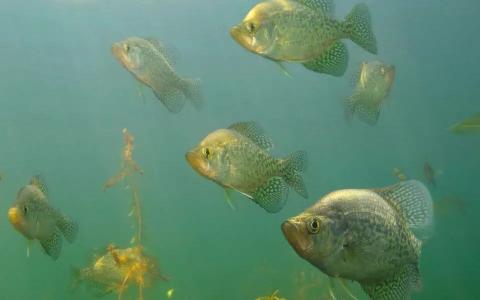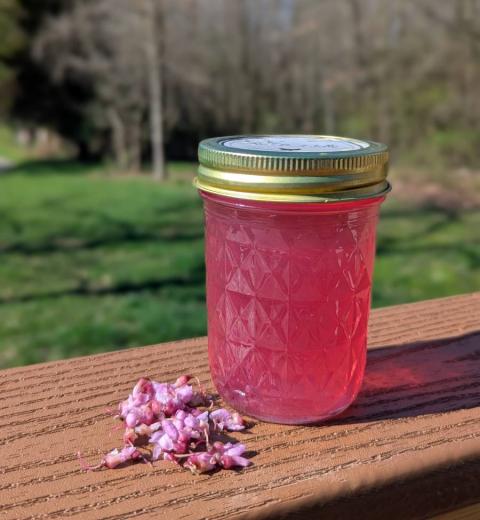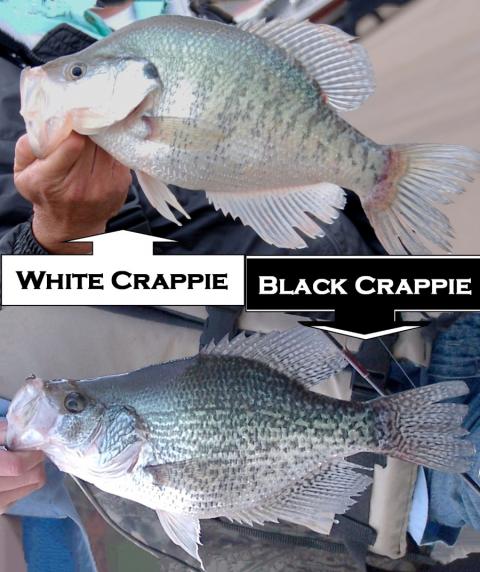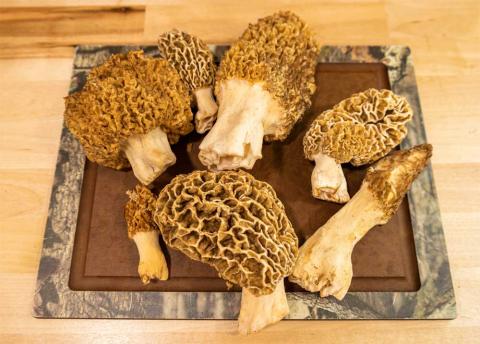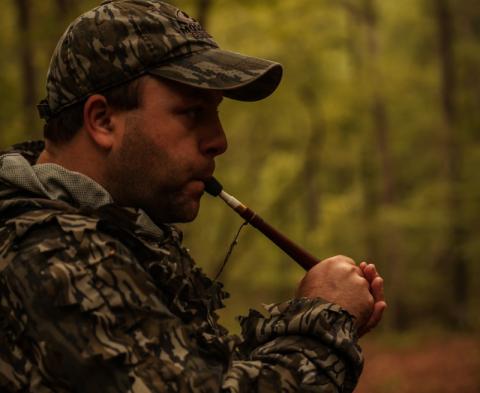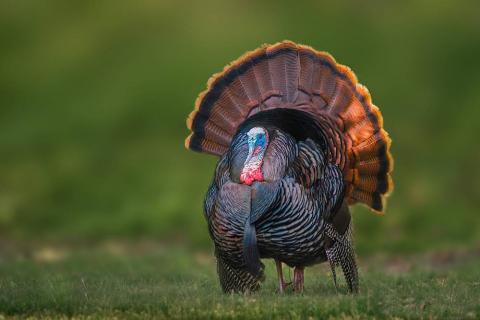Marty Fischer
Depending on where you live or hunt, the chances are pretty good that your duck season is just about over. And because it’s late in the season, there’s a good chance that the ducks you are hunting are a bit call shy. After all, they have been called to, good and bad, for hundreds, if not thousands of miles along their annual migration south. If you follow social media, you are seeing photos of successful hunts. So what are those guys doing that you might not be doing? Here are a few late season calling tips that might help you bag your limit.
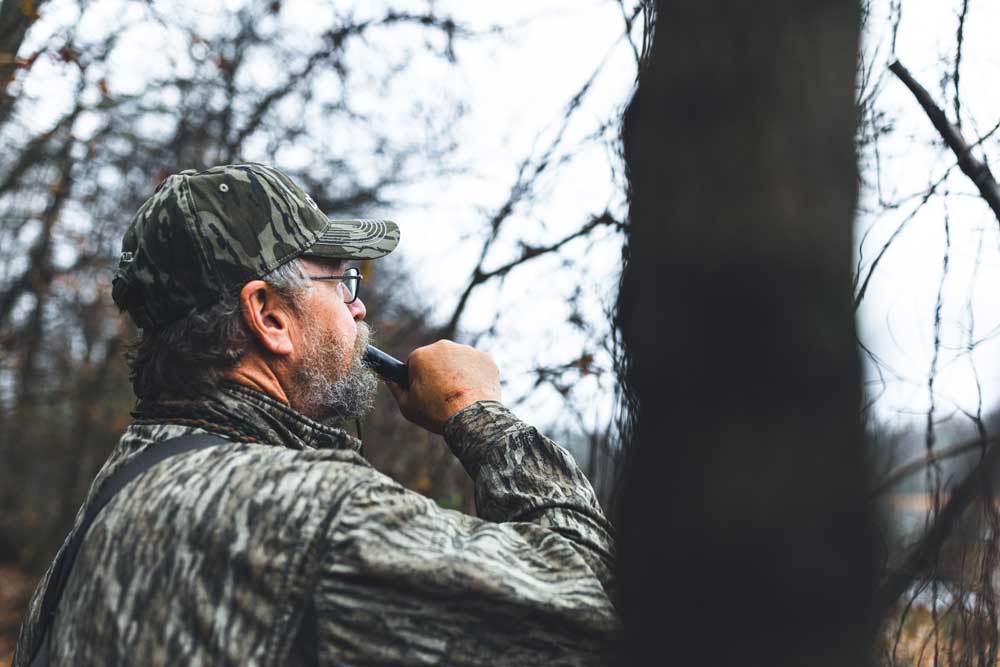
Duck Calling Tips
First of all, there is a difference between calling ducks and working ducks into the decoys for a shot. Let’s assume that your blind and decoy setup is as good as it can be so the ducks can feel comfortable as they approach your location. If that is not the case, you will most likely do a lot of pass shooting at flaring birds instead of getting shots in range at birds with their feet down to land.
You will find that most of the birds you are calling have been in your area for a period of time. Weather conditions and availability of food and water have a lot to do with where ducks are late in the season. You will be amazed at how successful your hunt can be if you are set up where the ducks want to be.
It is important to note that what you and your hunting partners hear on your calls is not exactly what the ducks hear. Many of the top waterfowl guides will tell you that you should blow the call as loud as the ducks will let you. In other words, read the body language of the birds you are calling. If they give you a little flip of the wings when you hit your first few notes, back off the volume a bit until they can work the area with wings locked and eyes looking for a landing spot. The ducks will tell you with their body language when you are too loud. What we hear in the blind is different from what the ducks hear at a distance.
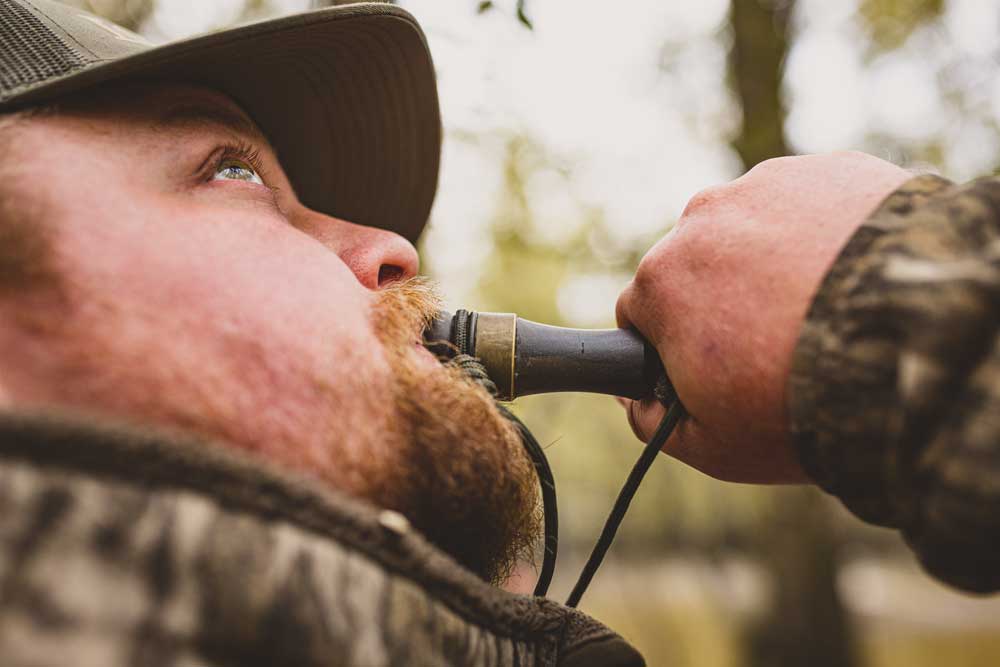
Working Ducks into Decoys
You will find that when set up in an open area where the ducks can look at the decoys as they approach them, you should get on and off the call based on how the birds respond. When they are coming to you, feather it down a bit as they get closer. When they are going away, progressively get louder until you get them turned. If it’s a windy day, you can work them more aggressively. When it is dead still, use a bit more finesse. When there is no wind, the birds will respond better to motion on the water than to too much calling.
If you are hunting in the woods, start loud until you get the birds locked up and looking. Once that happens, you want to call just enough to keep them interested. When they break through the trees to come in, back off the call. They are committed and once they get close, they are looking more for where the calling is coming from than they are the decoys.
Working ducks to your decoys is an art and understanding how ducks communicate will help you make the right call at the right time. As the season progresses, the birds are pairing up for the breeding and nesting that will take place over the next few months. In the late season, you will see small flights of ducks that usually have more drakes than hens in them. When hunting mallards and pintails, the mallard hen does the quacking while the pintail drake does the whistling. Learn from that, as it will help you when working late season birds.
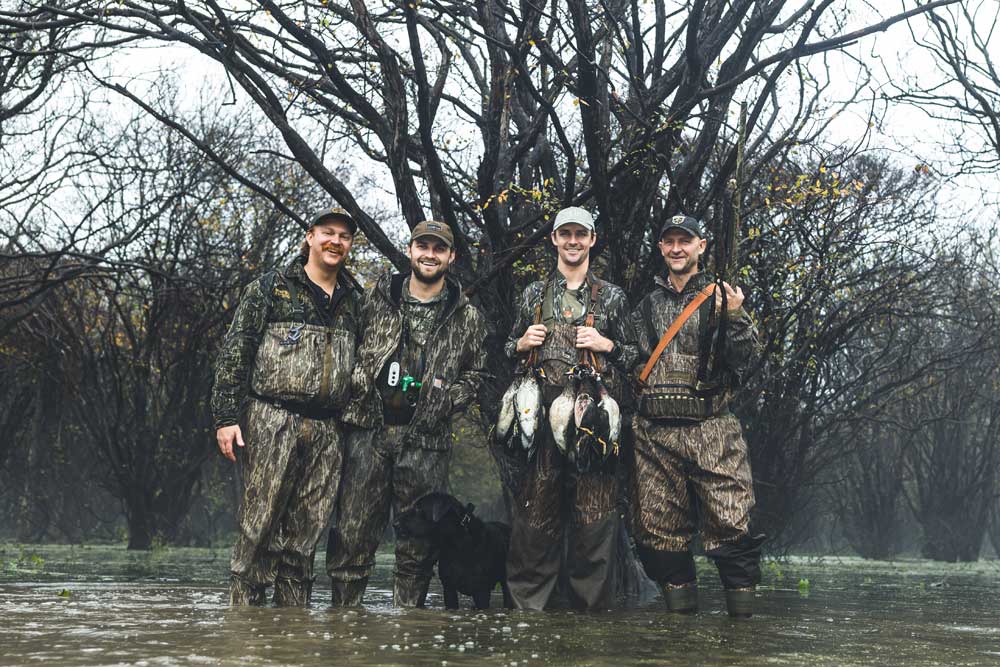
With whistling ducks like pintails and wigeon, you can call more aggressively at these mating flights. When hunting mallards or other puddle ducks, try calling the bird in the flight that seems the most interested in your calling and location. Sadly, many hunters call to ducks just to hear themselves call. You will be better off if you can pick a bird in the flight that is most responsive and make your calls to that bird depending on how it reacts to your sounds.
There is one final thing that you can also do. Try to find a way to listen to the ducks. This means for you to take the time when you aren’t hunting to go where you can hear birds on the water. How much are they talking to each other and what sounds are they making when they do? You will likely find that in the latter weeks of the duck season the birds are not communicating as much on the water. What that means for you is to get their attention by being as aggressive as you have to, but realize that once you have them coming, you just need to let them come.
So there you have it; some tips on how to work birds in late season in tight to make clean shots. Having a bit of patience will really pay off and watching the body language of the birds in flight will tell you what to blow and when.

















